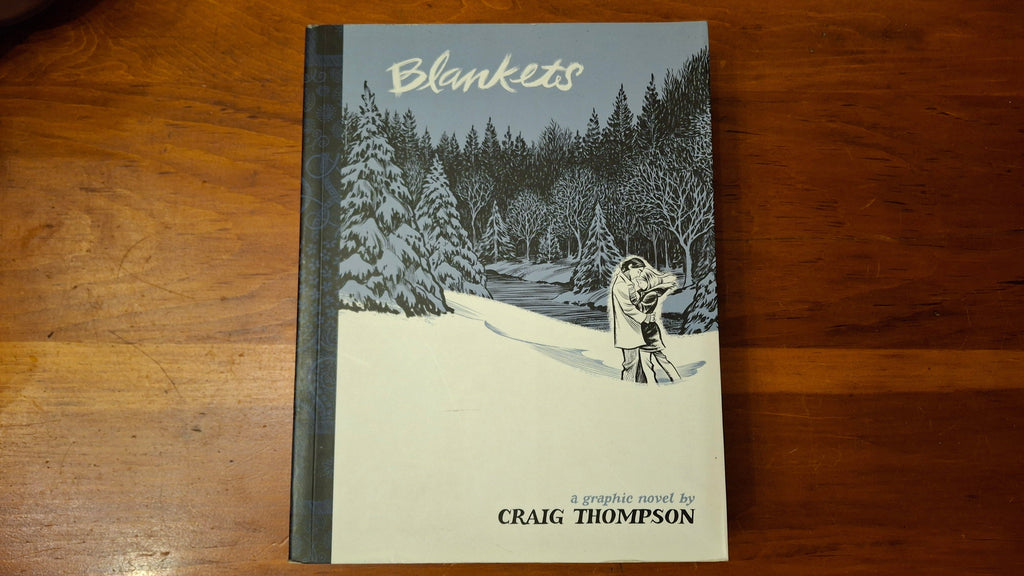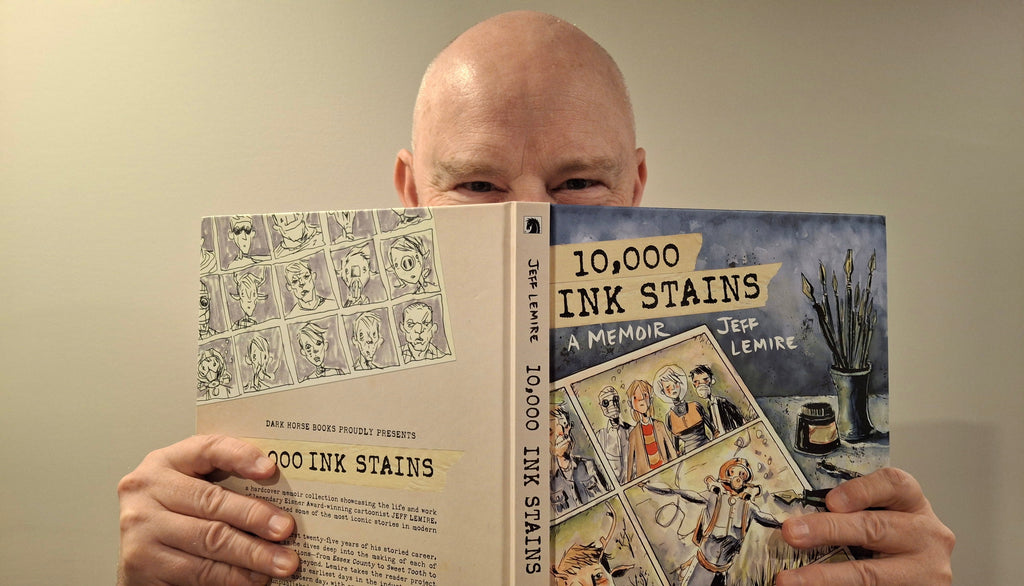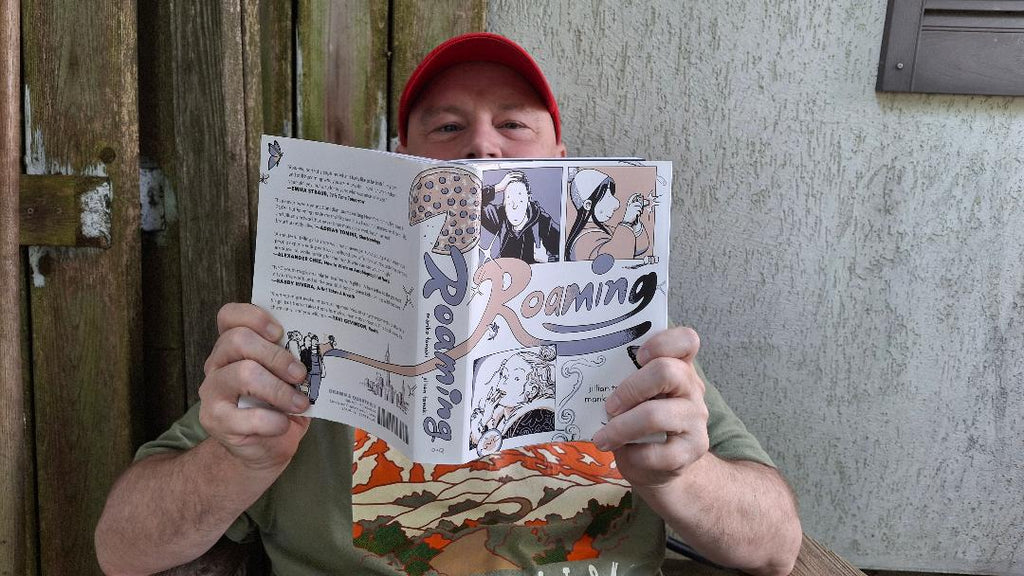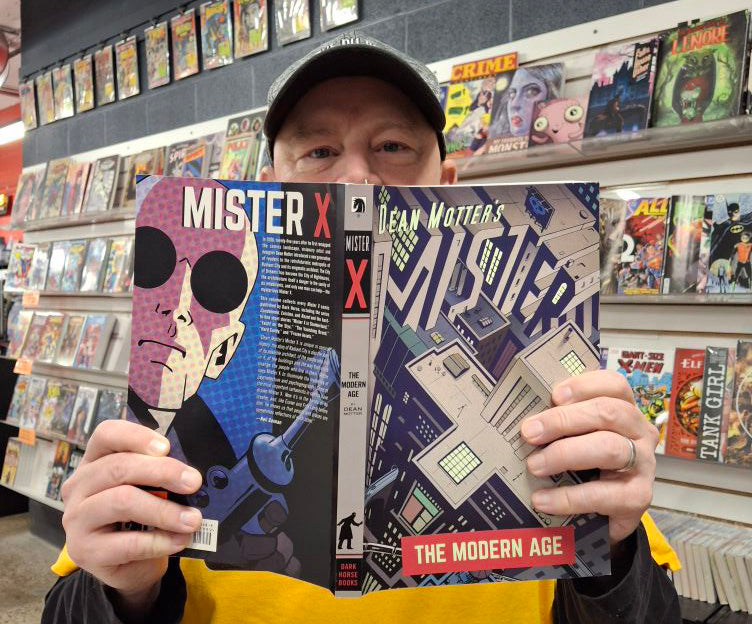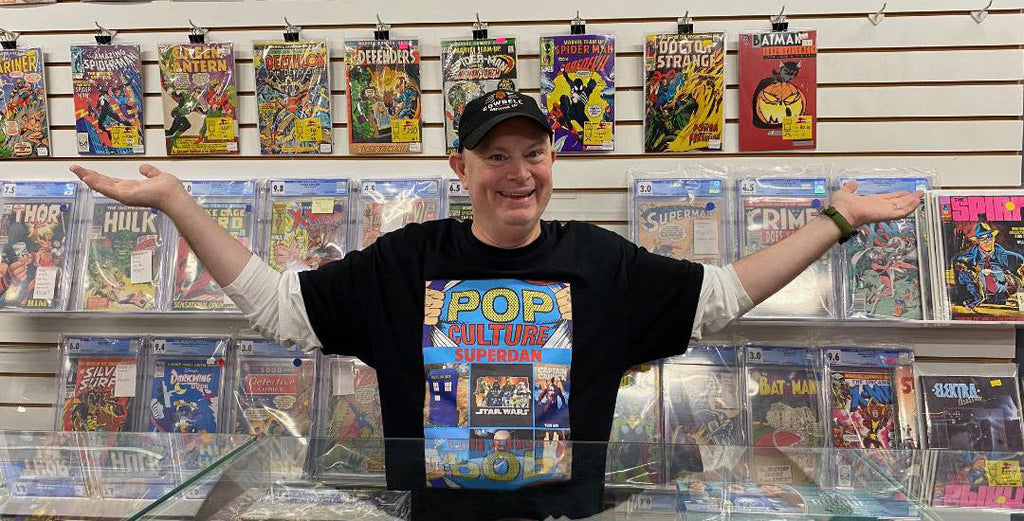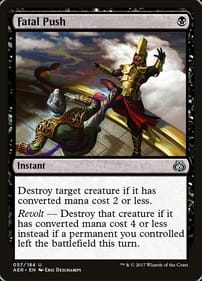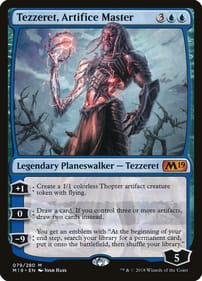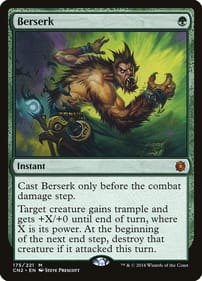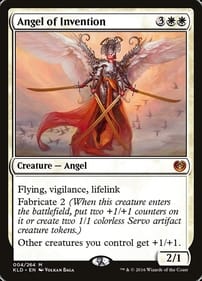It’s Easy To Beat Up On Graphic Novels
By Dan Brown Who will stand up for comic books? I’m thinking about this question after Alberta Premier Danielle Smith ordered school libraries in that province to pull books with pictures of “pornography” in them (her word). “What we are trying to remove are graphic images that young children should not be having a look at,” Smith added after the original ministerial order from her government blew up in her face. From what I’ve read, there are four specific graphic novels that have raised Smith’s ire: Craig Thompson’s Blankets, Alison Bechdel’s Fun Home, Mike Curao’s Flamer, and Maia Kobabe’s Gender Queer. I’ve read only one of those books, Blankets, and I recall it as an earnest attempt by Thompson to describe his struggles growing up in a fundamentalist Christian home. Perhaps Smith doesn’t like it because – spoiler warning – it ends with Thompson leaving the church. The other three books have one thing in common: The sex they depict isn’t between a man and a woman, but same-sex partners. Of course, Smith isn’t the first person to pick on comic books. Hating on comics is a tradition that goes back decades, extending back to the era when the audience for comics actually was children. These days, the typical Marvel or DC reader is a dude in his forties or fifties. You may have heard of Fredric Wertham, the notorious crank psychiatrist who campaigned against comics in the 1950s. It’s hard to believe now, but there were actual Congressional hearings in the U.S. into how comics were unfit for America’s kids. There were also comic-book burnings. Among his complaints with comics was Wertham’s feeling they were too violent, thus making young kids into juvenile delinquents. He also thought they turned straight kids into gay ones. Wertham hinted there was something going on between Batman and Robin between the panels, and even wrote a book detailing his research, which was thoroughly debunked years ago. But Seduction of the Innocent did have a major impact, with the comic industry opting for self-censorship in the form of the Comics Code, which lasted until 2011. How ridiculous was the self-censorship regime? A comic was once rejected by the Comics Code Authority censor on the basis of writer Marv Wolfman’s last name being in the credits, since the Code forbade mentions of the occult like, you know, wolfmen. Will anyone stand up for comics in Alberta this time around? I don’t know. I do know it’s easy to score political points by attacking comics and graphic novels, since there are so few organizations set up to champion them, at least in Canada. We do not have an equivalent to the U.S. Comic Book Legal Defense Fund, which supports creators, retailers, and educators. That said, I was encouraged to see that the Toronto Comics Art Festival spoke out against Smith’s lunacy. “We cannot stand by while governments and school boards strip these stories from bookshelves,” the organization’s board said in a statement early this month. “This fight is about the freedom to read. It’s about whose stories we allow to be told, and whose stories we try to silence.” I’m hoping others will follow TCAF’s example. At a time when there is a global information source containing easy access to all kinds of actual hardcore pornography, it seems odd to single out graphic novels that young Albertans likely aren’t all that interested in reading in the first place. They’d rather be playing on their phones. Dan Brown has covered pop culture for more than 33 years as a journalist and also moderates L.A. Mood’s monthly graphic-novel group.
Find Inspiration in Lemire Memoir
By Dan Brown If you cried at the climax of Jeff Lemire’s Sweet Tooth series back in 2013, then 10,000 Ink Stains will be a treat for you. Fans of Southwestern Ontario native Lemire will love this newly released memoir, which covers the artist/writer’s first 25 years in the comic industry, from the time he was a kid to his days breaking into the business until now, when he has his own large following. It will be of secondary interest to DC and Marvel readers looking to get a glimpse into behind-the-scenes machinations at those companies from roughly 2010 to 2017. Lemire’s focus here is on the graphic novels and comics he has drawn and written himself. He follows a chronological structure, walking the reader through each stage of his evolution as a comic creator, giving the reader insights into his creative process, and fitting each book or series into the larger context of his career and life. So if you’re a fan of works such as Sweet Tooth, Essex County, the Underwater Welder, Trillium, Secret Path, Black Hammer and Royal City, you should check this one out. You’ll get Lemire’s creative thought process, details about how he achieved the look of each one, and his personal reaction to the public’s reaction. “Comics is such a deeply personal medium,” Lemire writes, meaning he doesn’t want to speak for any other creator. He also freely admits his scratchy drawing style is not everyone’s cup of tea – he made peace with that reality long ago. He also freely shares credit for his success with the people who helped him along the way, like how Chris Staros at Top Shelf was the one who took Lemire under his wing and coached him on storytelling during the making of Essex County, the book which garnered Lemire so much attention at the outset of his career. What may come as a surprise is when Lemire reveals how badly he suffered from anxiety and depression earlier in his life, which – until he found a medication that worked for him – he treated with drinking and chain-smoking. “I am a fairly private person,” he explains. The great part is how Lemire is an example of the school of thought that says no experience is wasted. Again and again, he shows how his failures led directly to his greatest successes as a cartoonist. Lemire has never really discarded an idea – if it doesn’t work for his current projects, he’ll file it away in the back of his mind, where it has a good chance of becoming the germ of his next book or comic series. His story is inspiring for that reason. What you won’t find here is a lot of gossip about the Big Two comic giants, DC and Marvel. But Lemire does talk about how he learned more about himself, his preferences, and his process by taking on assignments from the Coke and Pepsi of the comic industry. Ultimately, Lemire concludes that working on company-owned characters isn’t his favourite thing. He had to settle for having his own “weird little pocket of the DC Universe for a couple of years.” (One of the points that does come through is, if you thought DC’s New 52 marketing blitz was a chaotic mess when it launched, it was the same behind the scenes.) His eventual answer was to create the Black Hammer comic universe, a playground of his own making where he can scratch virtually any creative itch. Lemire doesn’t write extensively on his secret to being prolific, by taking the work ethic he learned growing up on the family farm in Woodslee, east of Windsor, and applying it to comics – to the point some consider him the modern equivalent of Jack Kirby. He also glosses over the book A.D. After Death, his 2017 collaboration with Scott Snyder, which I thought was an interesting omission. At the conclusion of 10,000 Ink Stains Lemire urges readers, if they like reading comics, to try making one of their own. We can only hope there is a young person out there with a creative spark who takes his advice seriously, because the world would be better for it. Dan Brown has covered pop culture for more than 32 years as a journalist and also moderates L.A. Mood’s monthly graphic-novel group.
I’m the Odd Man Out as GNG Takes on Roaming
By Dan Brown SPOILER WARNING: This column contains details from the graphic novel Roaming, so if you value surprise stop reading right now! Here’s the rundown on the most recent meeting of the L.A. Mood Graphic-Novel Group, which was held Saturday, July 12. The book: Jillian and Mariko Tamaki’s Roaming, which follows three Canadian first-year university students on a five-day trip to New York City. The discussion: In short, I was in the minority as the only GNG member who really enjoyed the book. Odd man out, as usual! GNG has a custom of choosing a Canadian comic for our July meeting, so we honoured that tradition with this selection. (By sheer coincidence, it comes on the heels of two other books by Canadian creators in May and June.) I, along with one other member of the group, pitched Roaming back in January. While I love everything by the Tamakis, other members of the group strongly disliked Roaming, including someone who couldn’t even finish the thing. The thick volume centres on Dani, Fiona, and Zoe, three university students who take a trip to New York for a brief holiday from their studies. It’s very much a story about the problems of young people, which I think is where most of the antipathy comes from. No one at the table said it wasn’t a realistic portrayal of characters in their late teens/early twenties – in fact, the problem seemed to be it was too accurate. Carol Vandenberg, co-owner of L.A. Mood, said Roaming didn’t work for her because it isn’t leavened with humour. The trio of characters see Big Apple sights, go to bars, get coffee, eat pizza, and of course there’s a drama because Fiona is an interloper who threatens Dani and Zoe’s friendship. Spats ensue. Carol made the point that if you’re going to tell a story about young people, a better approach would have been the one John Hughes adopted with the movie Ferris Bueller’s Day Off: Play the foibles of youth for laughs. Gord Mood, L.A. Mood’s other owner, echoed that sentiment, adding the example of another funny coming-of-age comedy, Dazed and Confused. Several elements prevented GNG members from enjoying the travel tale including the ending, which doesn’t wrap anything up. Other members said the art was prosaic, and that a flashback scene – in which we observe Dani and Zoe at a high-school party – wasn’t introduced in a way the reader could understand. Why do I feel differently? Part of my reason for pitching the book was how the character of Fiona is a huge drama queen. Very early in the book, there are signals to readers to treat anything she says with skepticism. The question in my own mind was, “Can we appreciate this book even if one of the leads is an awful person?” After all, if an artist and writer can create a comic with a character who turns you off, isn’t the fact you reacted to a fictional character like you would to a real person a sign the creative team has done a good job? (Would be interested in any opinions on this question in the comment box below.) I also believe there’s something darkly funny about a group of friends whose relationship revolves around avoiding roaming charges on their cellphones. As it turned out, Fiona was just one of the reasons GNG members didn’t enjoy the book, although someone suggested a comic depicting the same characters once they are out of school and taking on careers might make for a better read. Further reading: If you aren’t daunted by now, two other graphic novels by the Tamakis come to mind – Skim (it follows high-school friends) and This One Summer (which features a tween lead). L.A. Mood’s Graphic-Novel Group meets the second Saturday of each month. Next month’s selection is I Am Stan, Tom Scioli’s graphic biography of the one-time Marvel Comics editor-in-chief. You might have heard of Lee before! We will reconvene August 9 at the gaming tables in the store at 11 a.m. You are invited to come join the discussion! Dan Brown has covered pop culture for more than 32 years as a journalist and also moderates L.A. Mood’s monthly graphic-novel group.
GNG Assembles to Talk Mister X
By Dan Brown SPOILER WARNING: This column contains plot details from Dean Motter’s Mister X: The Modern Age, so stop reading right now if you value surprise! Here’s the lowdown on the most recent meeting of the L.A. Mood Graphic-Novel Group, which was held Saturday, June 14. The book: Dean Motter’s Mister X: The Modern Age, which collects all of the Mister X stories published by Dark Horse Comics. The discussion: The full range of opinions was represented around the table. There were people, like me, who love the book. There were others who felt meh – who didn’t give the book a thumb up or down, but a sideways thumb. And there were some who didn’t even feel motivated enough to finish reading the 360-page tome. Gord Mood, L.A. Mood’s co-owner, argued for including Mister X on the 2025 reading list at our January pitch meeting. He is among those who love it. Gord also brought some examples of Motter’s early work from Media 5 when he was a student at Fanshawe College. (Late Town Crier Bill Paul published that sci-fi fan publication.) I knew very little about the character beforehand. Knowing it had been praised for blending film noir, Art Deco and German Expressionism, I was expecting something ponderous and pretentious. Wrong! In my view, it’s an amazing graphic novel. DC can only wish that Batman were as cool as Mister X! It takes place in Radiant City, where it always seems to be 4 a.m. Its nickname is Somnopolis, because of the large number of residents who can’t sleep. The title character is possibly one of the original architects who founded Radiant City, it’s never made clear. The closest he gets to revealing his identity is when he states, “I want to fix my city. I want it to run as designed.” The problem? The city’s architecture is driving its residents insane. None of this, of course, is meant to be taken literally – which Gord’s business partner Carol Vandenberg touched on when she mentioned the humour of the book. The key, for me, was to not take anything in the book at face value. I appreciated how Mister X is a riot of invention. Some members of the group pointed out the many references in the story. For example, one robot who shows up is an homage to Gort from The Day The Earth Stood Still. 1984 is referenced, as well as CanCon icon Nash the Slash. The characters have the clipped speech of detectives in films from the 1940s: “You’re the man without a name,” an interrogator tells Mister X. “That’s what I’m called,” the mystery man replies. Even better, Motter adds his own creative touches, elevating The Modern Age to a level above a mashup. Mister X is an insomnalin addict, meaning if he doesn’t feed his habit, and falls asleep, he will automatically die. There are insomnatoriums on each block. Zombycillin is a drug that can bring the dead to life. Pscychetecture describes the style of buildings in Radiant City and how they torture the human mind. Further reading: Instead of reading, I would say watch Blade Runner or episodes from Batman: The Animated Series, as well as Tim Burton’s 1989 Batman movie. L.A. Mood’s Graphic-Novel Group meets the second Saturday of each month. Next month’s selection is Roaming, by cousin creators Jilliam and Mariko Tamaki. We continue our streak of Canadian books established in recent months! We’ll reconvene July 12 at the gaming tables in the store at 11 a.m. All are invited to come join the discussion! Dan Brown has covered pop culture for more than 32 years as a journalist and also moderates L.A. Mood’s monthly graphic-novel group.
I Recommend the Movie Version of Paying For It
By Dan Brown The movie version of Chester Brown’s Paying For It is a well-crafted, warm, funny film. If you’re a fan of Canadian graphic novels, as I am, you should see it. The best part is Ottawa-born actor Dan Beirne’s portrayal of Chester, the cartoonist who seeks out sex workers after he gets dumped by his girlfriend. In real life, the dumper was one-time MuchMusic VJ Sook Yin-Lee, who directed the adaptation. Where the book focuses on Chester, the movie gives equal airtime to Lee’s side of the story, although on the big screen her character’s name is Sonny. You may know Brown as one-third of the Toronto cartoonist troika that also included Seth and the late Joe Matt. Brown is widely known for his graphic-novel history of Louis Riel. Paying For It (the graphic novel) came out in 2011 and relates his search for sex without any strings attached, which he finds with the city’s prostitutes. It’s one of those personal stories that typify the autobiographical Canadian graphic novel school of cartooning. I think it’s fair to say Brown wrote Paying For It to demystify sex work and johns. The book’s happy ending occurs when Brown finds one particular sex worker to patronize exclusively, eventually working out an arrangement in which he is her only customer. So yeah, it’s not the same old love story. “Romantic love is bullshit, and I’m not wasting any more time chasing it,” Beirne-as-Brown tells his friends. I saw Paying For It when it played in London for less than a week earlier this year. The good news is you don’t need to rush to a theatre because there’s no real reason to see it on the big screen. Seek it out when it comes to TV or streaming. Granted, Lee has some amazing compositions – the opening shot of Beirne at the drawing table is patterned after a 1668 Johannes Vermeer oil painting – but otherwise it’s not an overtly cinematic piece. Its strength lies elsewhere. I would never have picked Beirne to play Chester Brown. Clearly, Lee understood he could nail the shy comic creator, holding the whole movie together with his nebbish charm. He goes through his many encounters with sex workers with a kind of refreshing earnestness, an eager naif who wants to decode the mysteries of how to be a paying client, His circle of friends includes three other Toronto cartoonists who meet regularly to chat. There’s a lot of humour that comes from Brown’s attempts to explain his prostitution journey to his pals. The movie also does a really good job of evoking 1990s Toronto. Lee filmed scenes in the same apartment where she and Chester lived together, so you can’t get more authentic than that. Sonny, her stand-in, works for MaxMusic, which is run by an annoying/inspiring entrepreneur who is a lot like Moses Znaimer. The only element that seems missing is, although there is one scene of the aftermath of police violence on a sex worker’s apartment, we don’t see much of them outside Chester’s visits. As a viewer, I wanted to know more about their lives when they’re off the clock. I won’t spoil the ending too much, but a sad event momentarily reunites Chester and Sonny, bringing them full-circle – they are no longer the people they were at the start of the film, even if they still care for each other.. If Canadian graphic novels are your thing, you should check it out. Dan Brown has covered pop culture for more than 32 years as a journalist and also moderates L.A. Mood’s monthly graphic-novel group.


